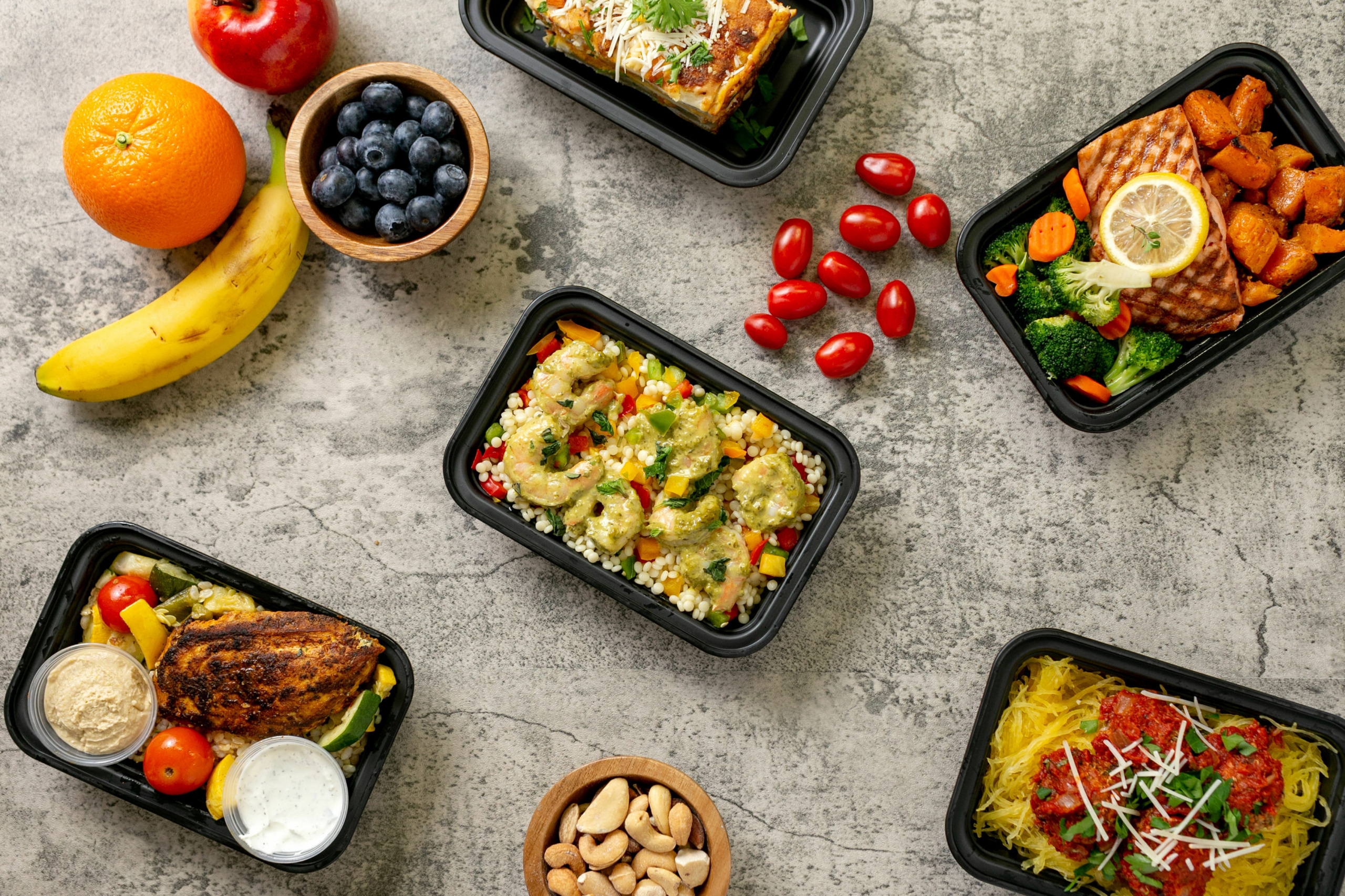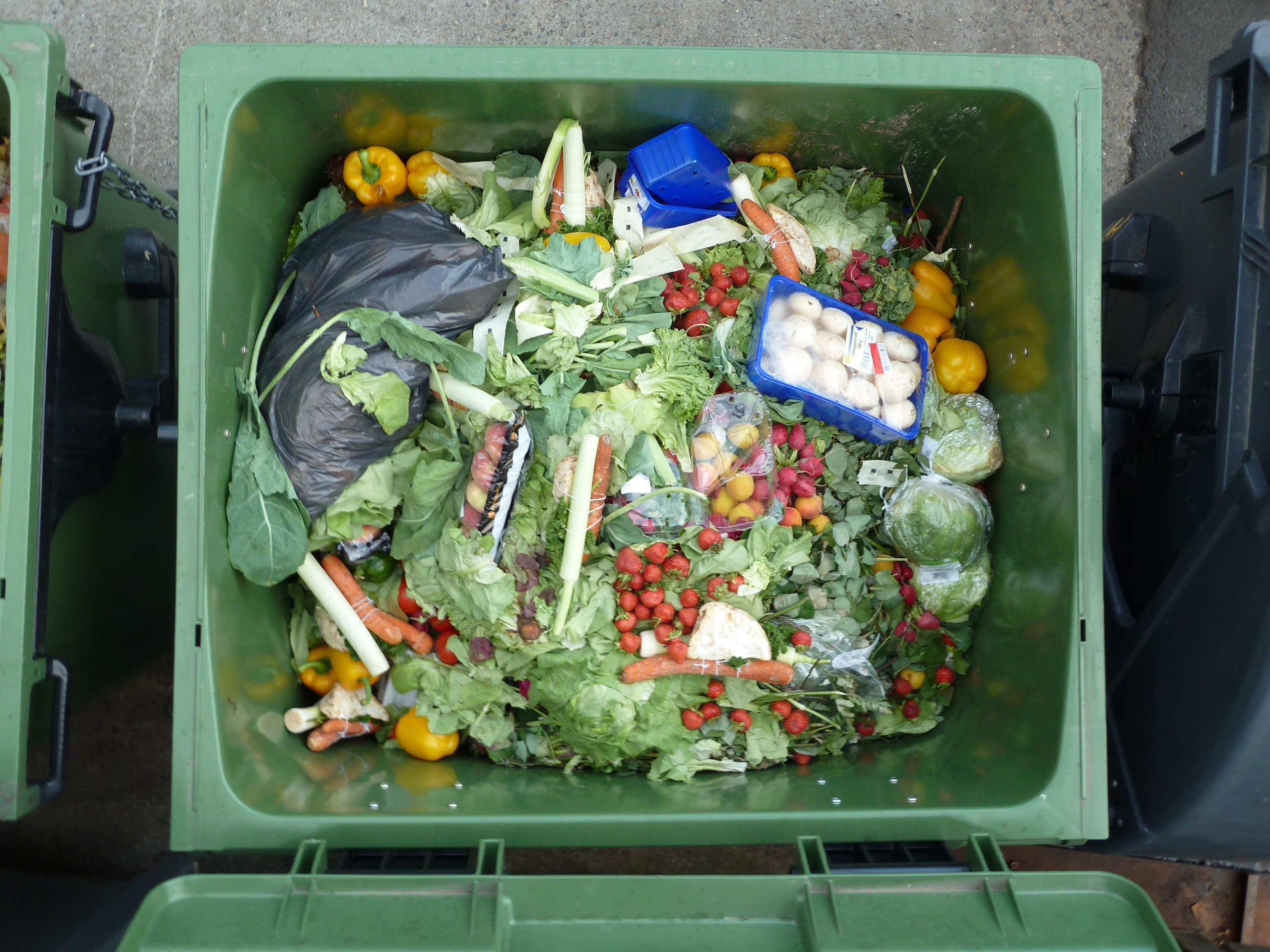
Household food waste highlighted in new MITRE-Gallup report
Confusion over date labels and tossing leftovers rather than using them up were identified as key drivers of household food waste

A new report, “The State of Food Waste In America,” was released by Gallup and the federal research organization MITRE in November. The report provides key insights into annual household food waste as well as public awareness of the issue. It includes a number of practical tips for everyday people to reduce their food waste.
Several of PIRG’s fellow Zero Food Waste Coalition members collaborated to author the report, including ReFED, Harvard’s Food Law and Policy Clinic, and the Natural Resources Defense Council.
Key findings
According to the report, the average American household throws away 6.2 cups of edible food every week. Over a year, that is enough food to fill nearly 360 medium-sized takeout containers.
One of the report’s key findings is that date labels play a critical role in how much food households waste.
“Respondents who say they often or always dispose of food because the date on the label has passed report throwing away more than twice as much food as those who say they never or rarely throw away food past its date label.” (emphasis added)
Learn more about the problems with food date labels and proposed solutions here and here.
Researchers at ReFED have previously found that simplifying and standardizing date labels federally would be the single most cost-effective solution to food waste in the U.S., with the potential to prevent over 1 billion pounds of food waste annually while saving consumers money.
The report also highlights making use of leftovers as one of the most critical ways consumers can reduce their food waste. Households that frequently throw away leftovers waste 5.8 more cups per week than the household average, while households that frequently make use of their leftovers waste only 3.5 cups per week, 2.7 cups less than the household average. The report also found that younger people and people with higher incomes, more education, and more children tend to waste more food on average.
Food waste tips
The report shows that produce is the most wasted food with the top three categories of food wasted being vegetables, fruits and grains. Given this, the report offers tips for everyday people to combat their likely sources of waste:
- Vegetables: chop them into sticks for quick snacks. If they lose their crunch but aren’t spoiling, throw them in a vegetable soup!
- Fruit: slice your fruit and store them in transparent containers so you don’t forget about them. If they get squishy, use them in pastries and smoothies!
- Cooking for children: incorporate vegetables into easily frozen or repurposable meals such as pastas, soups, sauces, casseroles and smoothies. If you’re introducing a new food or a new recipe, consider serving your kids less to start, or plan to eat anything they don’t finish.
Want more tips? Check out our guide, “How to Save Food and Prevent Food Waste.”
Food waste resources
The report also highlights a number of apps, websites and other toolkits to combat household food waste:
- Guest-imator: estimate the food you need for a gathering
- Meal Prep Mate: make shopping lists and portion meals
- Save the Food: tips for storing food
- The EPA’s Preventing Wasted Food At Home: tips on shopping, prepping, storing, and cooking food
- The USDA’s FoodKeeper app: tips for storing food
- Ikea’s The Scraps Book: A Waste-Less Cookbook: recipes that specifically incorporate common kitchen scraps
- For additional resources, check out our guide to “15 social media accounts to help you reduce food waste”
MITRE-Gallup’s report is an important contribution to the existing base of research on household food waste because the authors took care to communicate the data in a way that is easily accessible for everyday consumers. The food we waste at home is the single largest category of food waste in the U.S., so increasing consumers’ awareness of the problem and changing how we treat food and food scraps in our own kitchens will be critical to solving the problem. This report is an important step in the right direction.

See the Campaign
Reduce, Reuse, Recycle
Topics
Updates

How bad is air pollution in Colorado?

Over 90 organizations to Best Buy: Do more to educate your customers about the health risks of gas stoves

Energy Conservation & Efficiency
Groups urge Biden to ‘Finish the job’ on appliance efficiency

Energy Conservation & Efficiency
Transformer efficiency rule leaves energy savings on the table


